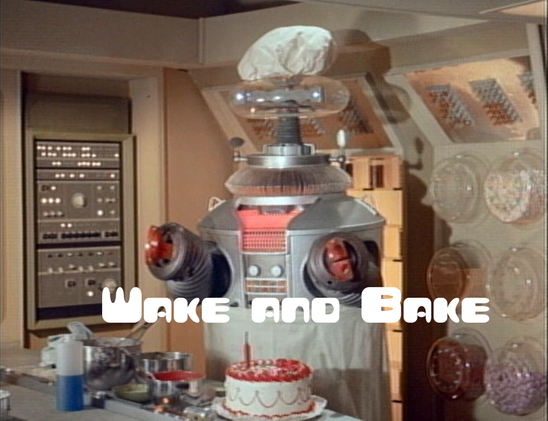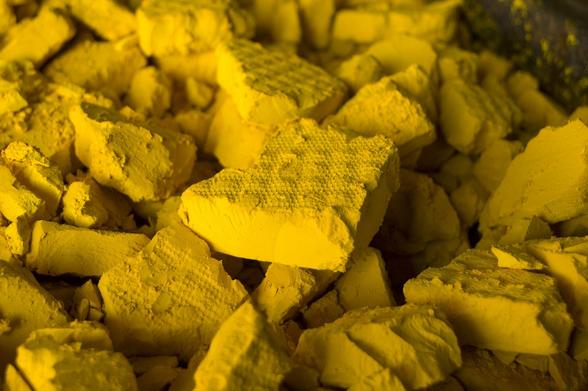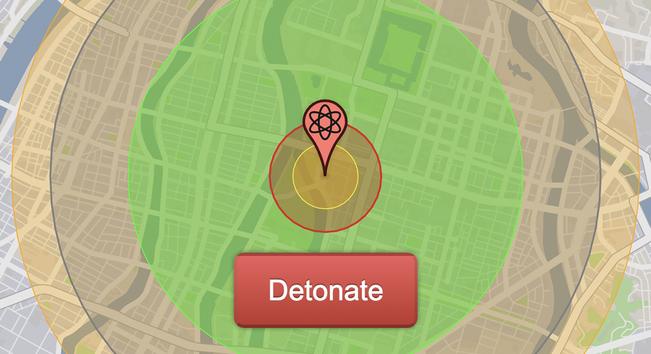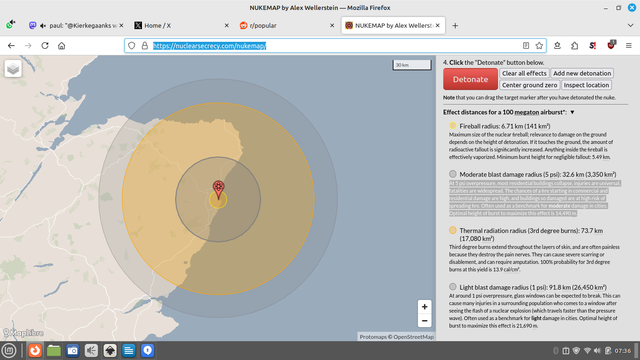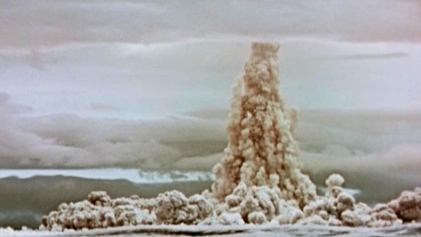@Kierkegaanks
aberdeen
Airburst
100000 kilotons
Fireball radius: 6.71 km (141 km²)
Maximum size of the nuclear fireball; relevance to damage on the ground depends on the height of detonation. If it touches the ground, the amount of radioactive fallout is significantly increased. Anything inside the fireball is effectively vaporized. Minimum burst height for negligible fallout: 5.49 km.
Moderate blast damage radius (5 psi): 32.6 km (3,350 km²)
At 5 psi overpressure, most residential buildings collapse, injuries are universal, fatalities are widespread. The chances of a fire starting in commercial and residential damage are high, and buildings so damaged are at high risk of spreading fire. Often used as a benchmark for moderate damage in cities. Optimal height of burst to maximize this effect is 14,490 m.
Thermal radiation radius (3rd degree burns): 73.7 km (17,080 km²)
Third degree burns extend throughout the layers of skin, and are often painless because they destroy the pain nerves. They can cause severe scarring or disablement, and can require amputation. 100% probability for 3rd degree burns at this yield is 13.9 cal/cm².
Light blast damage radius (1 psi): 91.8 km (26,450 km²)
At around 1 psi overpressure, glass windows can be expected to break. This can cause many injuries in a surrounding population who comes to a window after seeing the flash of a nuclear explosion (which travels faster than the pressure wave). Often used as a benchmark for light damage in cities. Optimal height of burst to maximize this effect is 21,690 m.
*Detonation altitude: 14,490 m. (Chosen to maximize the 5 psi range.)



